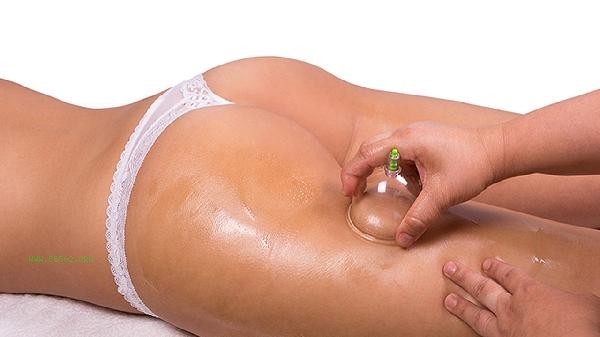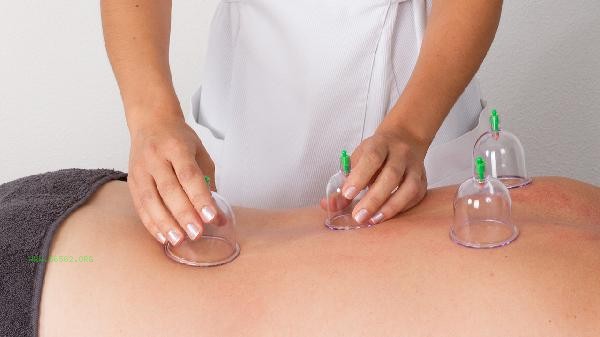Not eating during cupping weight loss is actually slower than eating meat in moderation. The speed of weight loss is mainly influenced by five factors: basal metabolic rate, degree of muscle loss, nutritional balance, hormone regulation, and rebound risk.

1. Basal metabolic rate:
Long term non eating can lead to the body entering energy-saving mode, with a decrease in basal metabolic rate of 20% -30%. Muscle tissue reduces daily calorie consumption by 300-500 calories due to a lack of protein breakdown for energy supply. Moderate intake of lean meat can maintain metabolic levels, while high-quality proteins such as beef and chicken breast can enhance the thermogenic effect of food, increasing metabolic rate by 15%.
2. Degree of muscle loss: After complete fasting for 3 days, muscle protein begins to break down, resulting in a loss of 0.5-1 kg of muscle tissue per week. High muscle moisture content leads to significant short-term weight loss but low fat loss efficiency. Daily intake of over 60 grams of protein can protect muscles, while white meat such as fish and shrimp have low fat content, with only 1-3 grams of fat per 100 grams.
3. Nutritional balance:
Single fasting can easily lead to deficiencies in vitamin B and iron elements, resulting in a decrease in metabolic enzyme activity. Clinical data shows that individuals with nutritional deficiencies only lose 0.3-0.5 kilograms per week, while those with a balanced diet can achieve 0.8-1.2 kilograms. Suggest pairing with vegetables rich in dietary fiber such as broccoli and spinach.

4. Hormonal regulation:
Hunger state promotes a 30% -50% increase in cortisol and promotes fat accumulation in the waist and abdomen. After a decrease in insulin sensitivity, the efficiency of fat synthesis increases by 20% under the same calorie intake. Moderate intake of meat can stabilize blood sugar fluctuations, and vitamin B1 in lean pork helps with sugar metabolism.
5. Rebound risk:
When returning to a normal diet after extreme dieting, the weight rebound rate can reach over 80%. The body will store excess fat to cope with the next famine, with an average rebound of 120% of original weight within 3 months. Regular intake of protein and healthy fats can maintain leptin levels and reduce the risk of binge eating.
Cupping weight loss requires a scientific diet structure, and it is recommended to maintain a daily intake of 1200-1500 calories, with protein accounting for 30% -35%. Choose low-fat cooking methods such as steamed fish and braised beef, and pair them with plenty of dark vegetables. Perform resistance training three times a week to protect muscles, combined with aerobic exercises such as brisk walking and swimming to improve fat burning efficiency. After cupping, pay attention to replenishing warm water to promote the excretion of metabolic waste, and avoid taking a shower immediately to prevent the invasion of cold air. It is recommended to weigh at a fixed time every week for weight monitoring, focusing on changes in body fat percentage rather than just weight numbers.




Comments (0)
Leave a Comment
No comments yet
Be the first to share your thoughts!